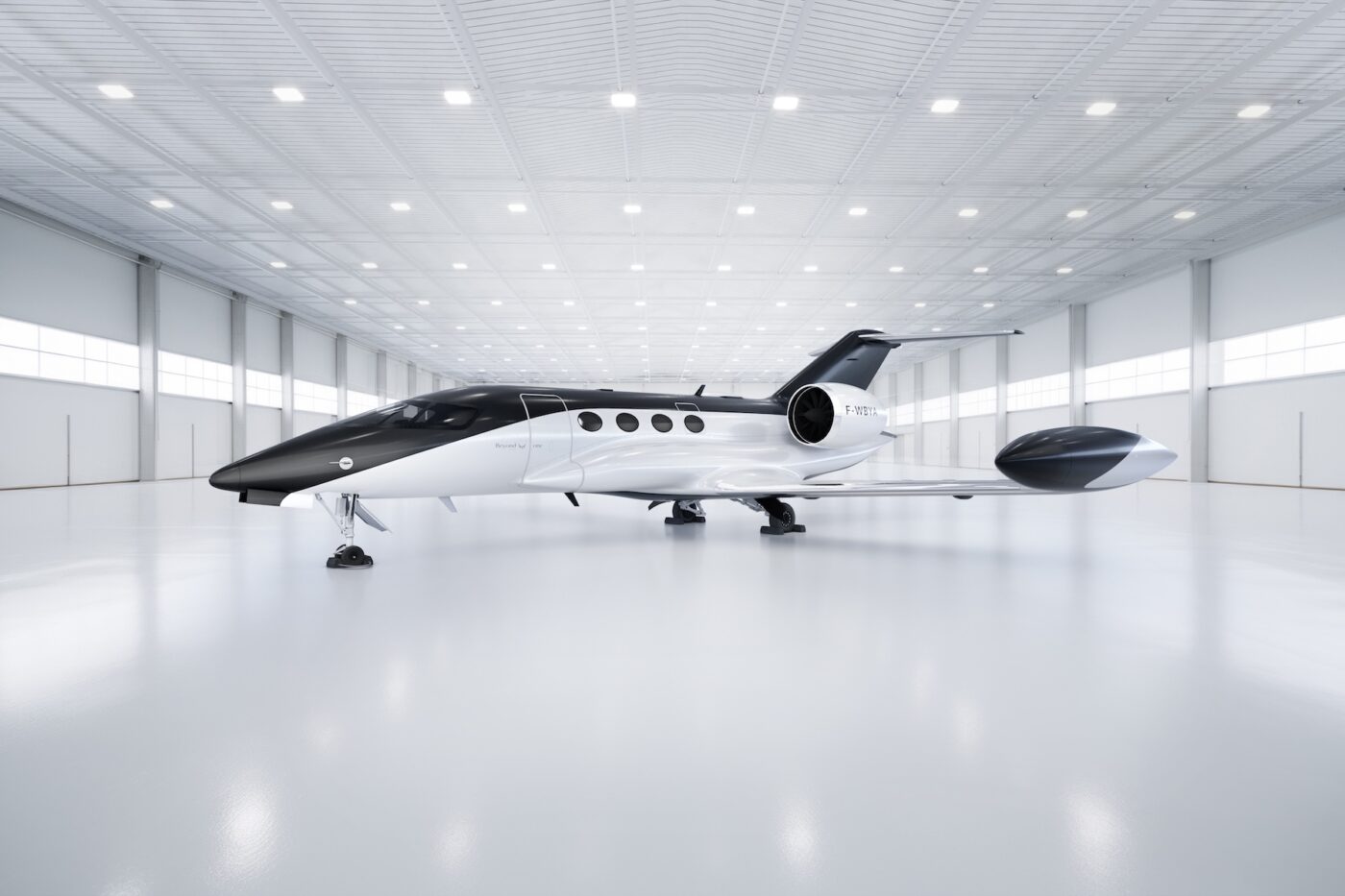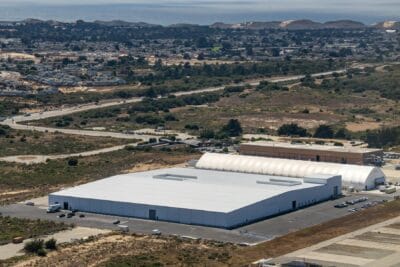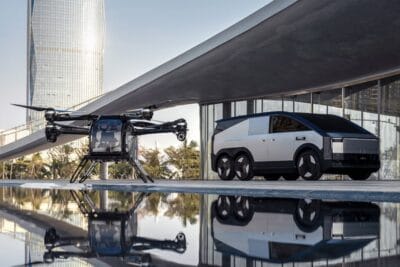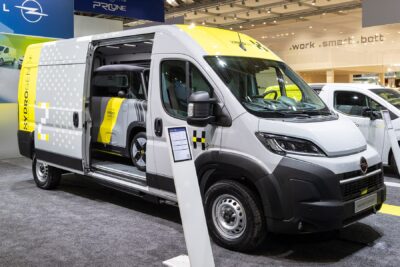Beyond Aero optimises its fuel cell jet
Since the presentation of the original concept at Le Bourget in June 2023, Beyond Aero has made numerous improvements to accelerate certification and commercialisation. The company hopes to deliver the first certified hydrogen-electric light jet by 2030.
The main improvements include a battery-free hydrogen fuel cell system with built-in redundancy: the modular architecture with two electric engines driven by independent engine channels is designed to increase reliability and scalability and exceed ‘industry safety standards,’ according to the company. The power of the fuel cell stack has been increased to 2.4 megawatts.
Furthermore, other improvements include the placement of the gaseous hydrogen tanks, which has been optimised for greater safety: the 700-bar fuel tanks are integrated above the wing box structure, which increases crash safety. By eliminating high-pressure fuel lines inside the pressurised cabin, the design is said to minimise risk and comply with aerospace safety protocols. Integrated ducted fans are said to improve propulsion efficiency and performance under extreme conditions.
According to Beyond Aero, its BYA-I light aircraft benefits from a simplified all-electric powertrain with 90 per cent fewer moving parts, which eliminates the need for a high-temperature turbine and offers a modular engine change system for easy overhaul. This design significantly reduces maintenance complexity and lowers operating costs by up to 55 per cent, while also ensuring greater reliability for business aircraft operators, according to Beyond Aero.
Beyond Aero further writes that its model is the first electric light aircraft designed to be powered by a fuel cell, with a clean-sheet architecture optimised for gaseous hydrogen. The BYA-1 has room for six passengers and has a cruising speed of 310 knots (around 575 kph) and a range of 800 nautical miles (almost 1,500 kilometres). The company says its aeroplane could thus cover around 80 per cent of European flight routes.
Unlike the much-hyped air taxis, the model takes off and lands conventionally on runways. However, it only needs a runway of 620 metres in length, which means it can also use airports with a very short runway, such as London City Airport.
The company has already received letters of intent worth $914 million for the purchase of 108 such aircraft. Beyond Aero recently conducted its first manned, fully hydrogen-electric test flight in France. To advance quickly through certification, Beyond Aero has assembled an advisory committee of experts comprising executives and engineers from leading aerospace companies and aviation stakeholders.





0 Comments